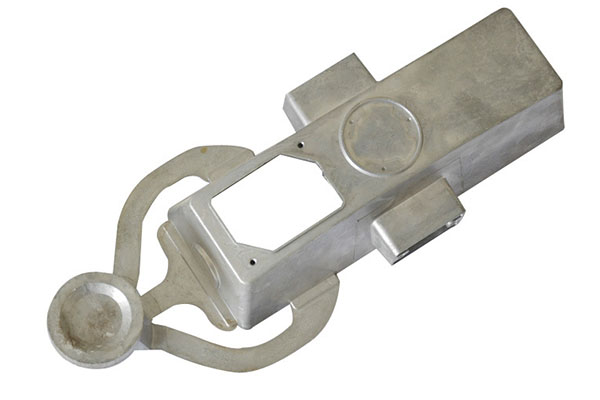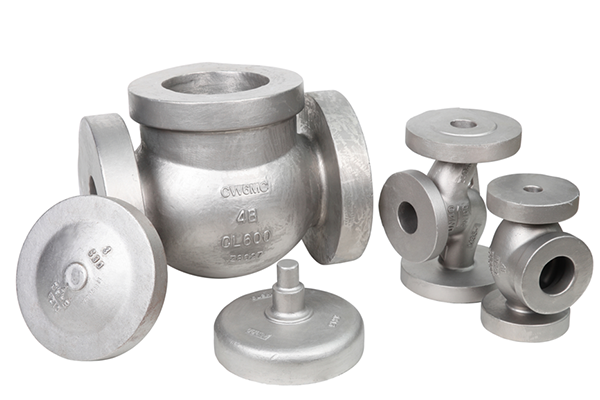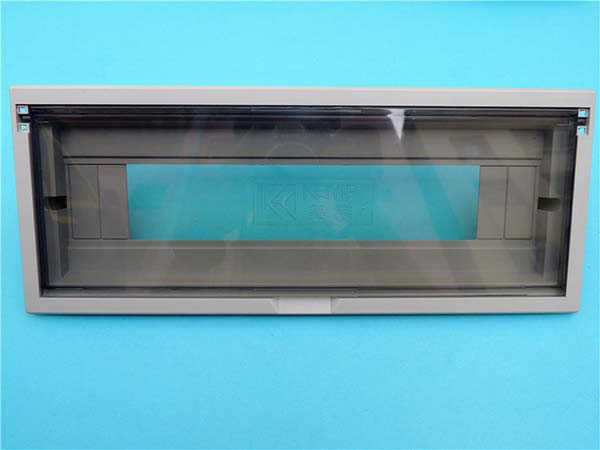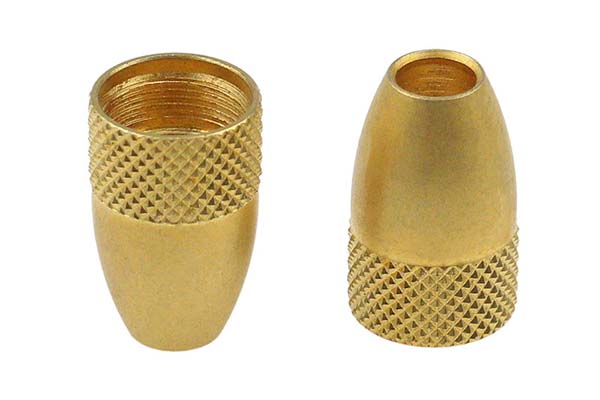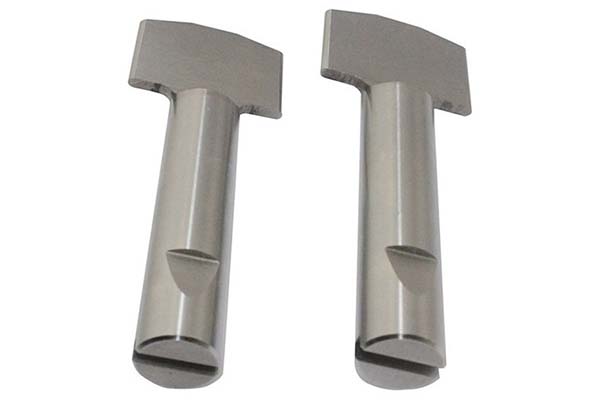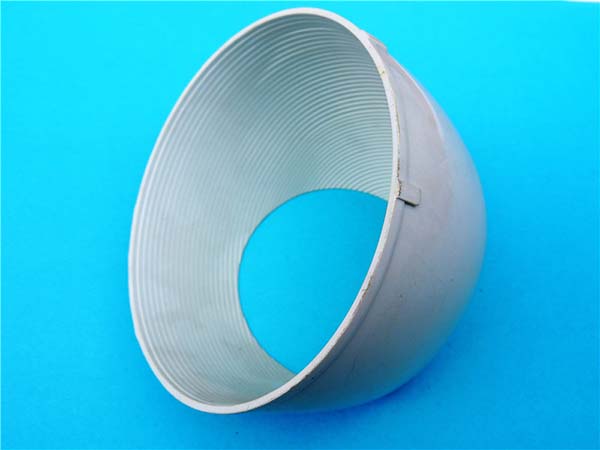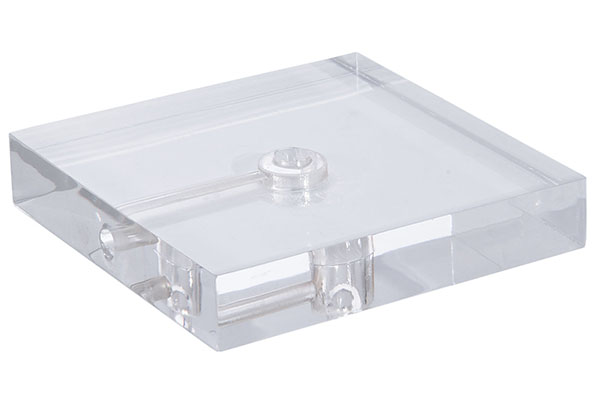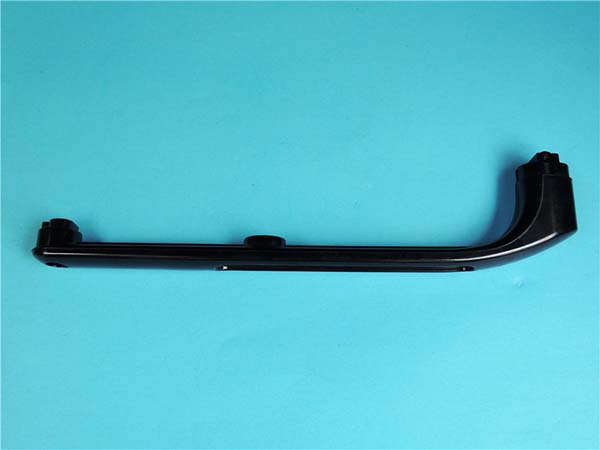Introduction
Laminated Object Manufacturing (LOM), a form of Rapid Prototyping, has emerged as a transformative technology in modern product development. By leveraging layered manufacturing techniques, it facilitates the swift creation of physical models directly from digital designs, offering a cost-effective and efficient alternative to traditional methods. This article explores the principles, advantages, applications, and comparative value of LOM in driving innovation across industries.
What is LOM Rapid Prototyping?
LOM Rapid Prototyping involves cutting and bonding thin sheets of materials, such as paper, plastic, or composites, to construct a physical model layer by layer. The process begins with Computer-Aided Design (CAD), where a digital blueprint is segmented into cross-sectional layers. These layers are printed, adhered, and assembled into the final structure.
Core Principles of LOM
- Digital Blueprinting: Designs are created using CAD software and sliced into precise cross-sections.
- Material Layering: Thin sheets of material serve as the building blocks of the prototype.
- Adhesive Bonding: Layers are bonded using heat, pressure, or adhesive.
- Post-Processing: Sanding, polishing, or painting enhances functionality and aesthetics.
By adhering to these principles, LOM achieves remarkable speed and accuracy, setting itself apart in the prototyping landscape.
Advantages of LOM Prototyping
1. Speed and Efficiency
LOM dramatically reduces prototyping timelines by automating processes. For industries like automotive or consumer electronics, rapid prototyping ensures faster design iterations, enabling quicker market readiness.
2. Cost-Effectiveness
Materials such as paper or low-cost plastics reduce expenses. Moreover, the method minimizes the need for manual intervention and specialized tooling, lowering operational costs without sacrificing quality.
3. Material Versatility
LOM accommodates a diverse range of materials, including paper for conceptual models and metals or composites for functional prototypes. This flexibility ensures optimal design compatibility across industries.
Applications of LOM Prototyping
Industrial Design
LOM enables the creation of complex geometries for products like automotive components, electronics, or household goods. Designers can swiftly test form and function, streamlining feedback loops.
Architecture
Architects employ LOM for detailed scale models of structures. These models facilitate better visualization, client presentations, and collaborative refinements.
Healthcare
LOM revolutionizes medical prototyping by offering customized surgical guides, implants, and prosthetics. Patient-specific data from CT or MRI scans ensures precise and effective solutions.
Comparison with Other Prototyping Methods
| Prototyping Method | Advantages | Limitations |
|---|---|---|
| 3D Printing | High precision, material versatility | Slower, higher costs for large parts |
| CNC Machining | Excellent accuracy and finish | Time-consuming, limited to subtractive processes |
| Traditional Molding | Ideal for mass production | High setup costs, unsuitable for rapid iteration |
LOM strikes a balance, offering speed, scalability, and cost efficiency unmatched by other methods in specific use cases.
Case Studies: Success Through LOM
Automotive Excellence
An automotive manufacturer used LOM to develop a new car model in six months, a process that traditionally takes years. By rapidly iterating on designs and addressing engineering challenges early, the company achieved a seamless production transition.
Consumer Electronics
A tech company utilized LOM to prototype innovative gadgets, enabling swift market entry and a competitive edge. The technology facilitated rapid testing, ensuring reliability and user satisfaction.
Future Prospects
LOM Rapid Prototyping continues to evolve, with advancements in materials and machine capabilities. Emerging trends, such as biodegradable materials and AI-driven design optimizations, promise to expand its applicability and environmental sustainability.
Conclusion
LOM Rapid Prototyping is a cornerstone of modern product development, offering unmatched speed, versatility, and cost-effectiveness. From industrial design to healthcare innovation, it empowers professionals to transform ideas into reality efficiently. As technology progresses, LOM’s potential will further redefine the boundaries of creativity and functionality in prototyping, positioning it as an indispensable tool for the future. Explore LOM Rapid Prototyping—because the faster you prototype, the quicker you innovate.
